The Chilterns and the Thames Valley is characterised by its varied and beautiful countryside; from hills to woodland to waterways, there’s always something new to discover. Now lockdown restrictions are gradually being lifted, why not head out and explore some of the best features of the great outdoors in the region?
Chiltern woodland
Chiltern woodlands are best visited in spring when flowers bloom before being shaded out by tree foliage, or in autumn when the leaves turn into a tapestry of colour.
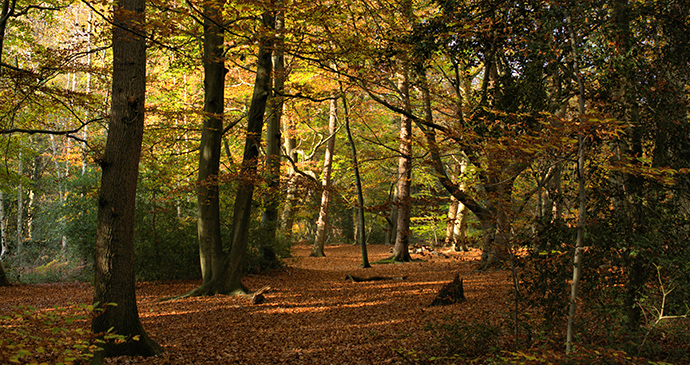
Some woodland highlights of the region include Burnham Beeches or Wendover Woods – an 800-acre open access woodland site managed by the Forestry Commission. If you feel like getting active in the tree-tops Wendover Woods is also the location of a Go-Ape adventure playground area.
The Chiltern Hills
The Chiltern Hills were formed about 80 million years ago when a major period of volcanism pushed up thick layers of chalk that had accreted at the bottom of an ocean, to form a range of mountains.
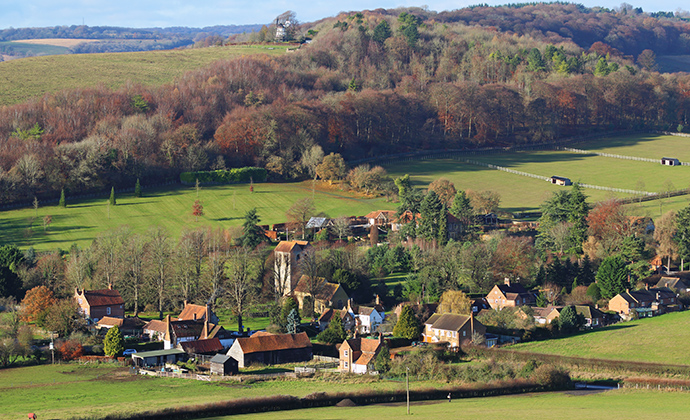
Much weathering since then has worn these mountains down to the chain of modest hills we know today, running southwest to northeast, with a steep scarp on the north-facing side overlooking the Oxford clays of the Aylesbury Plain, and a gentle dipslope towards the southeast and the Thames Basin. Today, they are the perfect destination for keen walkers wanting to enjoy some spectacular views.
The River Thames
The Thames Valley follows one of the world’s most famous rivers. Along its banks, you can discover where to walk by the Thames with only sheep and geese for company.
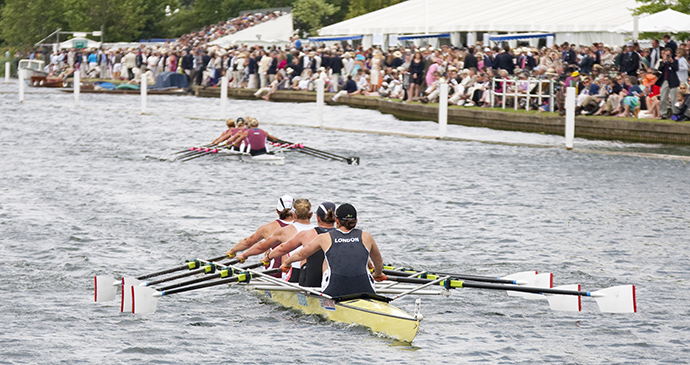
You can also goggle at some of the strangest artefacts of rural life that you’re ever likely to come across, discover the world of watercress and soak up the ambience of one of the Thames’s last remaining unmanicured marshes. Every year, the river also plays host to the world-famous Henley regatta and the strange ritual known as swan upping.
Manmade waterways and reservoirs
Just off the B488, a couple of miles north of Tring on the 61/61A bus, lies what used to be a chalk quarry but is now the College Lake Nature Reserve.The wetland element of the 160-acre site supports breeding waders such as lapwing and redshank all year round. Walking round the reserve is a relaxed exercise, with gentle slopes, some surfaced paths and benches at various points.
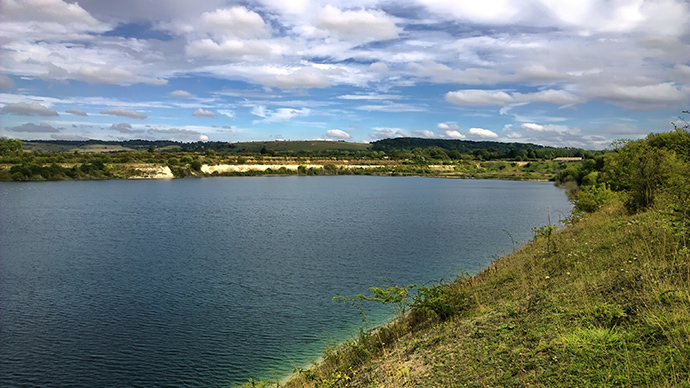
A mile or so east on the B488 lie the four Tring Reservoirs (Marsworth, Startop’s End, Tringford and Wilstone). Their original purpose was to supply water to the Grand Union Canal, which linked England’s industrial heartlands and London. Nowadays though, the reservoirs are a Site of Special Scientific Interest managed by Herts & Middlesex Wildlife Trust.
Bluebells in spring
At the highest reaches of the woods in spring, there are usually seas of native bluebells, one of the joys of the Chilterns, cheering up the parts where few other flowers grow.

There are numerous wooded areas where you can take a walk to enjoy this springtime spectacle. Some highlights include Penn Wood, Angling Spring Wood near Great Missenden, or Hodgemoor Wood, which lies just over a mile west of Chalfont St Giles.
The Grand Union Canal
The main line of the Grand Union Canal starts in London and ends in Birmingham, stretching for 137 miles with 166 locks. Part of its system passes through the Chilterns near Tring, offering opportunities for slow and steady canal travel.
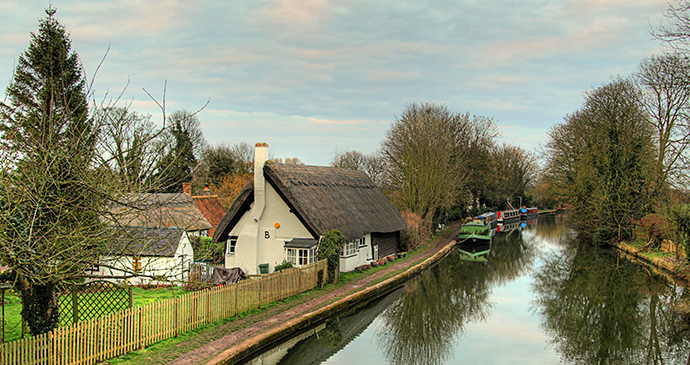
Narrowboat Day Hire offers two 38-foot boats, Victoria and Albert, for self-drive day hire for up to ten people, from Cowroast Marina near Tring. The building of the Grand Union Canal in the 19th century also helped the development of industries which included flour milling, brewing, silk weaving, lacemaking and straw plaiting.
Want to find out more about getting out and about in the Chilterns and the Thames Valley? Check out our comprehensive guide: